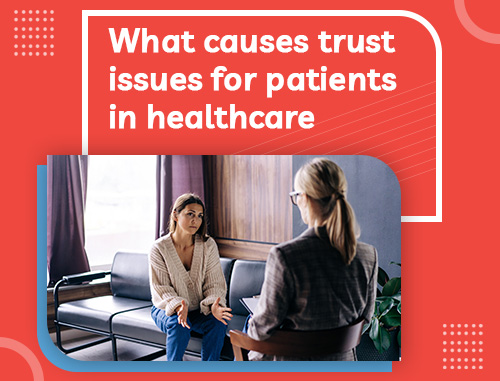How to Communicate More Effectively With Patients
Posted onAccording to the American Medical Association’s subcommittee on health literacy, 22% of American adults are functionally illiterate, and another 27.5% are only marginally literate. So how do communicate with nearly half of American adults who are marginally or functionally illiterate?
Newspapers, which are generally written for a 6th or 7th grade reading level, have known this sad fact about American literacy for decades. So do the healthcare marketing experts at Practice Builders. In fact, we frequently send the text we write for our clients through the Flesch-Kincaid Readability formula to ensure that we are in the 6th to 7th grade reading range on most our patient-directed marketing materials (slightly higher for referrer-directed materials).
Despite protests from a few clients who don’t understand the true purpose of marketing (influencing others to take action), we specifically avoid clinical/medical language in our marketing materials because we want patients to clearly understand each and every marketing message. We also believe that the person we’re communicating with is more important to our success than our own personal preferences or opinions.

What patients don’t know could kill them!
Clearly, doctors and patients don’t speak or read at the same levels. So why are most medical forms, instructions and patient-directed materials are written to the 12th grade level, despite the fact that the average American can’t read beyond 7th grade?
Such a disparity can be dangerous to the patient’s health. Patients with limited literacy tend to seek care later (if at all) and have a harder time following medical instructions. They may be ashamed of their inability to read and try to hide it from you. These patients are also more likely to suffer or die from medication errors, and numerous studies show they have higher death rates from chronic illnesses such as diabetes and heart disease – because they don’t know about or understand their treatment options.

As marketers, we must avoid high-level clinical language in our written or spoken messages to patients. For example, don’t tell the patient he has had a myocardial infarction when “heart attack” will be more easily understood. Use car or machine analogies to explain various body parts and conditions. For example, the human heart is like a “pump” and the kidneys are like “filters”.
Medical terminology, jargon and statistics may be perfectly suitable – and desirable – when communicating with other health professionals. But, when communicating with patients, plain conversational language always works best.
For more advice about communicating effectively with your patients and marketing your practice, talk to one of the experts at Practice Builders (800-679-1262).

 What causes trust issues for patients in healthcar..
What causes trust issues for patients in healthcar.. Main Value-Based Care Metrics for Healthcare Pract..
Main Value-Based Care Metrics for Healthcare Pract.. Why healthcare websites must include images and vi..
Why healthcare websites must include images and vi..